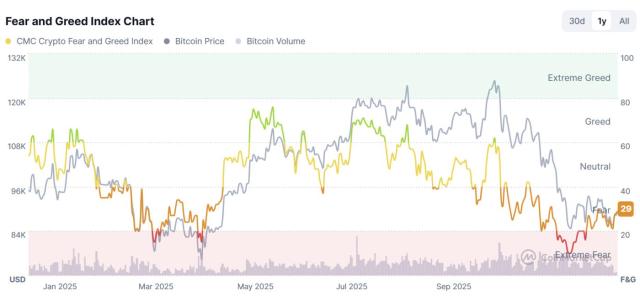On April 8, 2025, global financial markets were violently shaken by the escalation of the US-China trade war. The United States announced that because China did not revoke the 34% retaliatory tariffs by Tuesday noon, it would impose an additional 50% tariff on Chinese goods starting from April 9, raising the total tariff to 104%. This move is seen as a signal of economic decoupling, and the market's early optimism quickly collapsed, with Bitcoin (BTC) rising to 81,243 USDT yesterday before falling back to 76,413 USDT. Meanwhile, the Federal Reserve will hold a closed-door meeting on April 7, sparking speculation: Are they preparing for an emergency rate cut to address potential crises? This article will analyze the impact of tariff escalation, the chain reaction of market dynamics, historical lessons from past Fed closed-door meetings, and potential countermeasures.
I. 104% Tariff Implemented: Trade War Enters "Nuclear" Mode
The Trump administration's tariff policy on China has been incrementally increased: 10% from February, an additional 10% in March, 34% last week, and now another 50%, totaling 104%. Martin Chorzempa from the Peterson International Economics Institute noted: "Such high tariffs mean the two sides may completely cease trade." Trump on social media called China the "biggest trade plunderer," accusing it of imposing 34% tariffs during a "market collapse," disregarding his warning "not to retaliate".
Chinese Foreign Ministry spokesperson Lin Jian responded: "There are no winners in a trade war, and protectionism will only drag down the global economy. China will not provoke, but will absolutely not back down and will take all necessary measures to defend its interests." This tough stance shows that both sides have no room for compromise. Analysts warn that if the trade war fully erupts, global supply chains will face severe damage, and the risk of economic recession will sharply increase.
The market reacted swiftly. US stocks rose in early trading on Tuesday due to negotiation hopes, but after the White House confirmed the high tariffs would take immediate effect, the three major indices plummeted in the closing session. The Dow fell 0.84% to 37,645.59 points, the S&P 500 dropped 1.57% to 4,982.77 points, and the Nasdaq fell 2.15% to 15,267.91 points. Apple's stock price fell 5% at the close due to supply chain risks. Bitcoin rose yesterday before falling back to 76,413 USDT, a drop of about 6%, highlighting increased risk aversion.
[The translation continues in the same manner for the rest of the text, maintaining the specified translations for specific terms and preserving the original formatting.]- Economic Background: Inflation soared to a 40-year high (core PCE over 6%), with aggressive Federal Reserve rate hikes causing market volatility, and 10-year U.S. Treasury yields approaching 4%.
- Meeting Content: Reviewing the feasibility of discount rate adjustments and assessing the impact of rate hike pace on the economy.
- Post-Meeting Actions: No immediate policy changes, but the November FOMC meeting continued with a 75 basis point rate hike to 3.75-4%, hinting at a slowdown in rate increases and laying the groundwork for a policy shift in 2023.
These cases demonstrate that closed-door meetings often pave the way for major policy adjustments, especially when financial markets face systemic risks. For example, meetings in 2008 and 2020 directly led to rate cuts and quantitative easing, while the 2022 meeting provided a buffer for subsequent policy fine-tuning. Currently, the potential supply chain disruption and inflationary pressures from 104% tariffs bear similarities to past crises, but the unpredictability of Trump-era policies adds a new layer of complexity.
Summary
The implementation of 104% tariffs on China marks a new phase of trade war, with global markets facing a severe test. U.S. stock rebounds have been thwarted, with U.S. bond sell-offs and basis trading risks exposing the financial system's fragility. JPMorgan's recession indicators sound the alarm, while Bitcoin's volatility reflects wavering investor confidence. The outcome of the Federal Reserve's closed-door meeting will be a critical variable: will they covertly rescue the market or wait for the storm to pass? History shows that decisive action during crises can often turn the tide, but current uncertainties far exceed previous experiences.
Investors must closely monitor liquidity indicators and Federal Reserve movements. As PGIM's Greg Peters says: "The market is in an extremely unstable state, and any variable could trigger a massive shock." In this battle, the outcome remains undecided, but risks are imminent.







